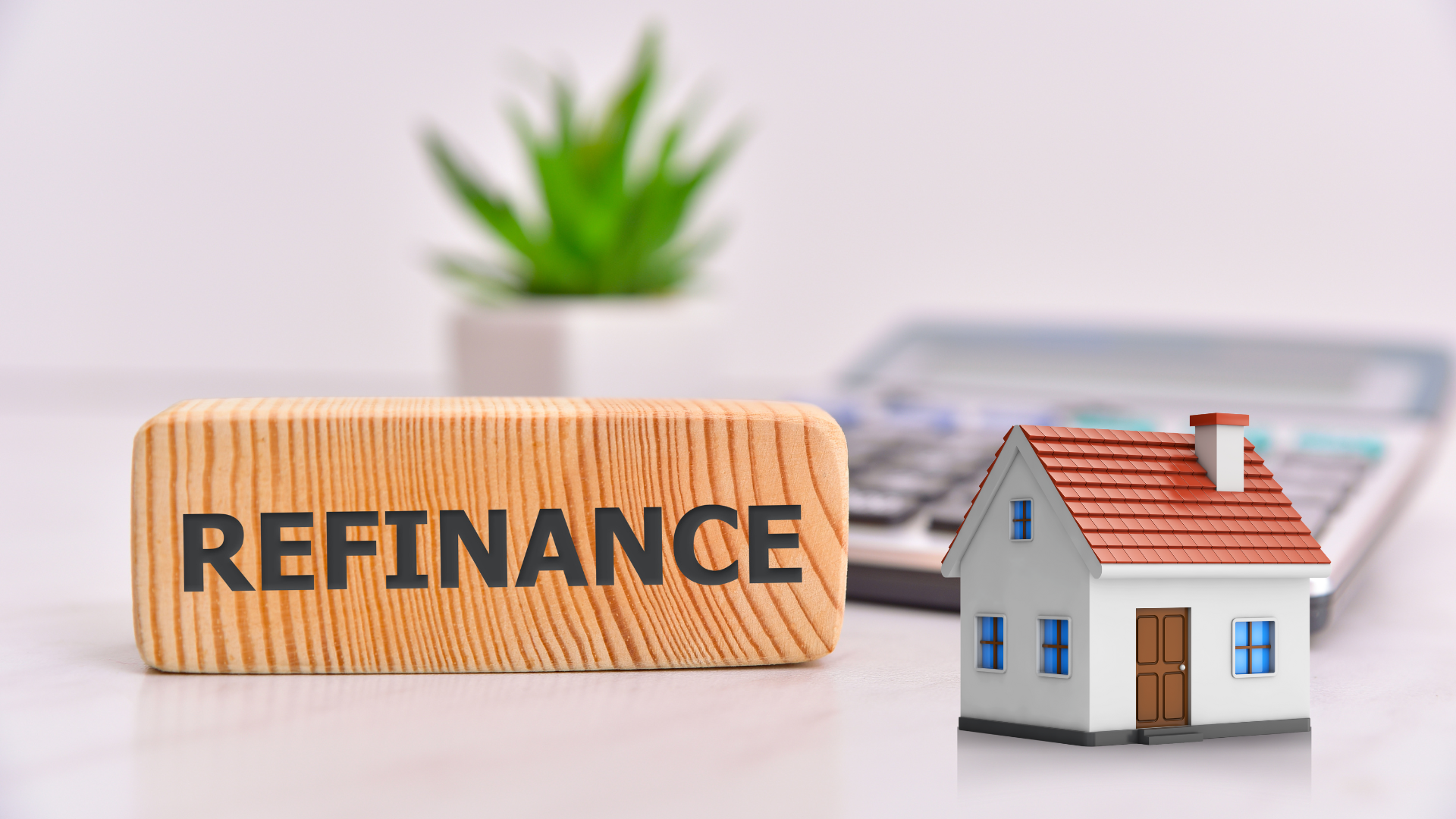
GST Withholding In Victoria
GST Withholding regime for
Residential Property.
The Treasury
Laws Amendment (2018 Measures No. 1) Bill 2018 received royal
assent on 29 March 2018. The new law significantly changes the way that GST is
dealt with and will impact all residential property transactions.
Why the change?
The ATO has noticed that some developers are engaging in a fraudulent
scheme involving GST. They sell their properties with GST included, but they
liquidate their development company before paying the GST to the ATO. Then they
start a new company for their next project. This is called
"phoenixing".
This behaviour has been widespread in the past 5 years. The ATO has
identified 3,731 individuals who were involved in GST-related phoenixing. They
controlled more than 12,000 entities that went insolvent, leaving behind $1.8
billion in unpaid GST. These entities also claimed $1.2 billion in GST credits
from 2013 to 2017.
The new laws are
designed to stop this practice, by requiring the buyers to pay the GST directly
to the ATO.
New Law:
From 1 July 2018, where a vendor sells (or supplies by way of long-term
lease generally over 50 years):
new residential premises (other than those created through a substantial
renovation or commercial residential premises); or
potential residential land (i.e. residential zoned vacant land),
it will be the purchaser’s responsibility to withhold GST, and remit
this directly to the ATO.
When
the Purchaser is required to Withhold the GST:
The purchaser’s obligation to
withhold and remit will generally arise at settlement. However, particular care
will be required for contracts where the price is payable in instalments (for
example, terms contracts), as the purchaser will be required to remit the GST
to the ATO on the day the first instalment (other than the deposit) is paid.
Date of effect:
The new law affects:
all contracts entered after 1 July 2018; and
contracts entered prior to 1 July 2018 if they settle after 1 July 2020.
This is particularly important for off-the-plan contracts, where you might need
to factor in potential delays which put your settlement beyond 1 July 2020.
How
the GST is withheld:
The new laws allow the purchaser to satisfy its obligations to remit the
GST by:
payment direct to the ATO;
providing a bank cheque made out to ATO to the vendor at settlement or
at the time the first instalment is paid; or
as electronic settlements become more prominent, if parties are using
PEXA, both parties can authorise PEXA to distribute the amount for GST to the
ATO as part of directions for settlement funds.
Vendor’s
notification obligation:
Vendors have a duty to inform
purchasers in writing if they need to comply with the new laws and make a
payment. The vendor's name and ABN, the amount of the payment, and the payment
deadline are also part of the information that vendors must provide to
purchasers. This notification applies to all sales of residential premises (not
just new premises) or potential residential land, except for some exemptions.
Penalties:
There are penalties for both the
vendor and purchaser in failing to comply with their obligations under the new
regime.
Penalty for Purchaser’s
failure to withhold: If the purchaser fails to withhold and pay the
required amount to the ATO, the purchaser will be liable to a penalty equal to
the amount of the GST payable (unless it has reasonably relied on notification
by the vendor).
Penalty for Vendor failing to
notify: The requirement to notify the purchaser is a strict liability
offence and a court may impose a maximum penalty of 100 penalty units for
individuals ($21,000) or 500 penalty units ($105,000) for corporations.




